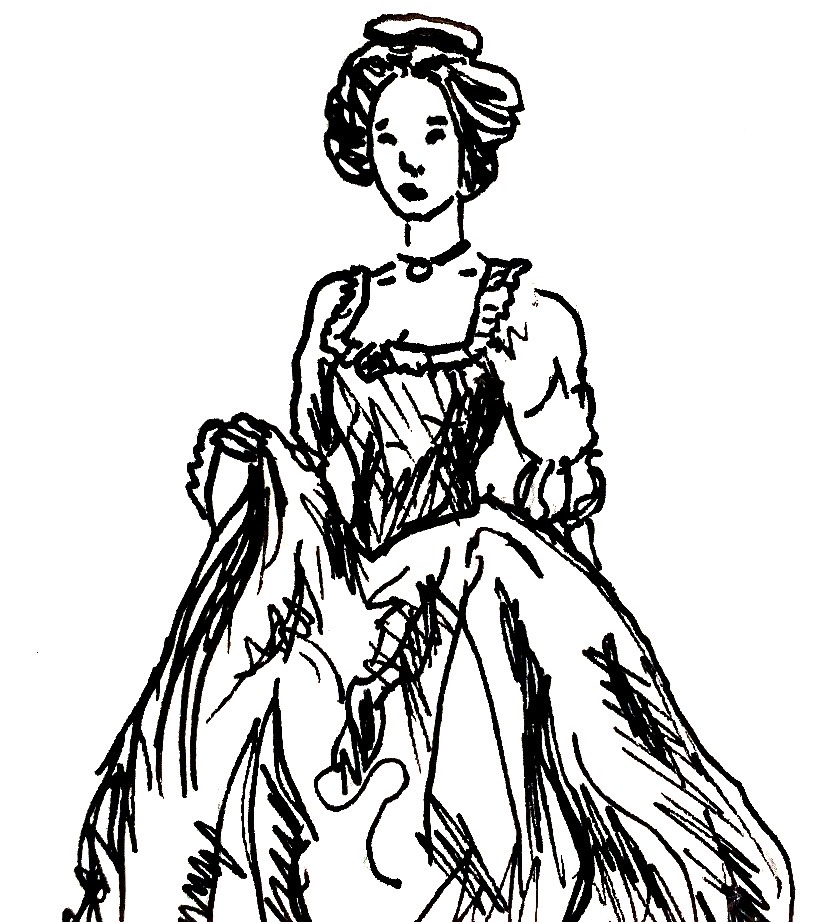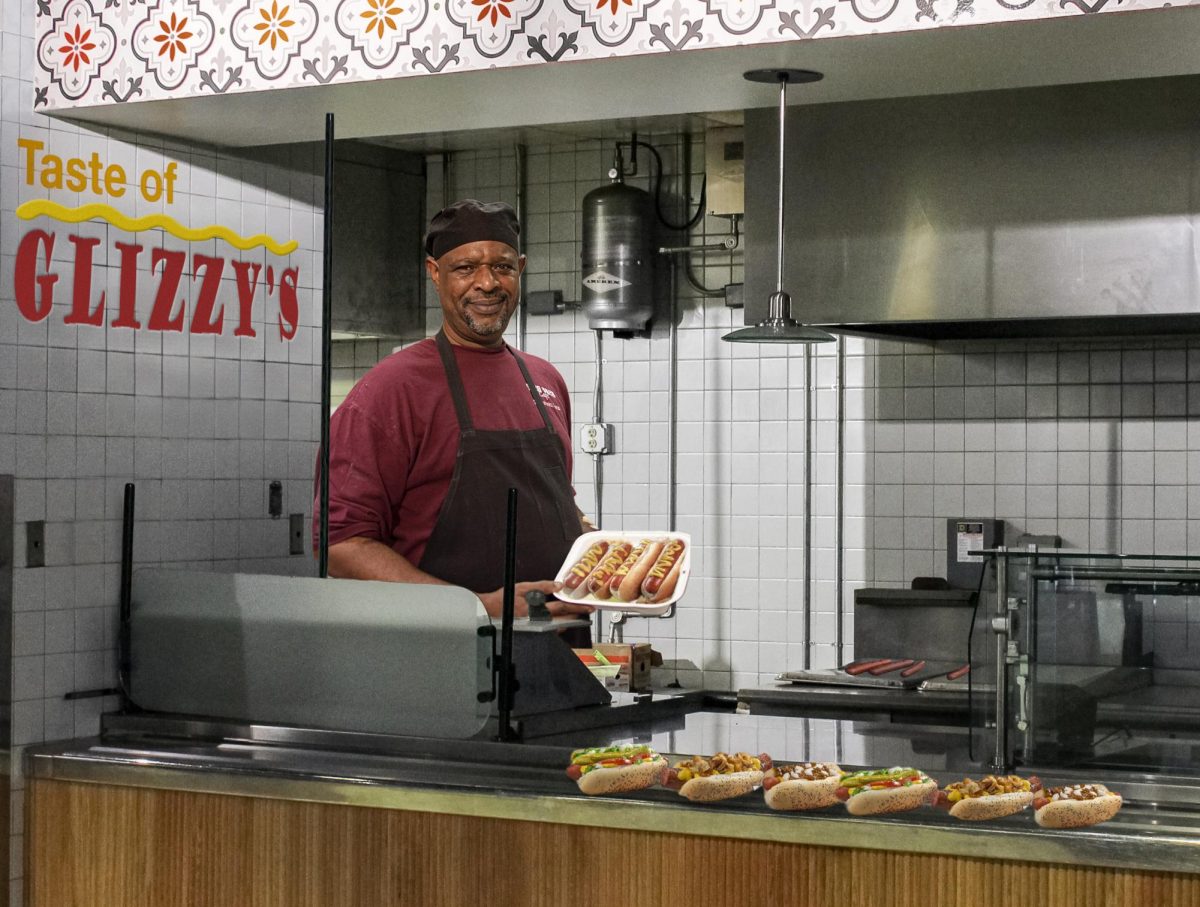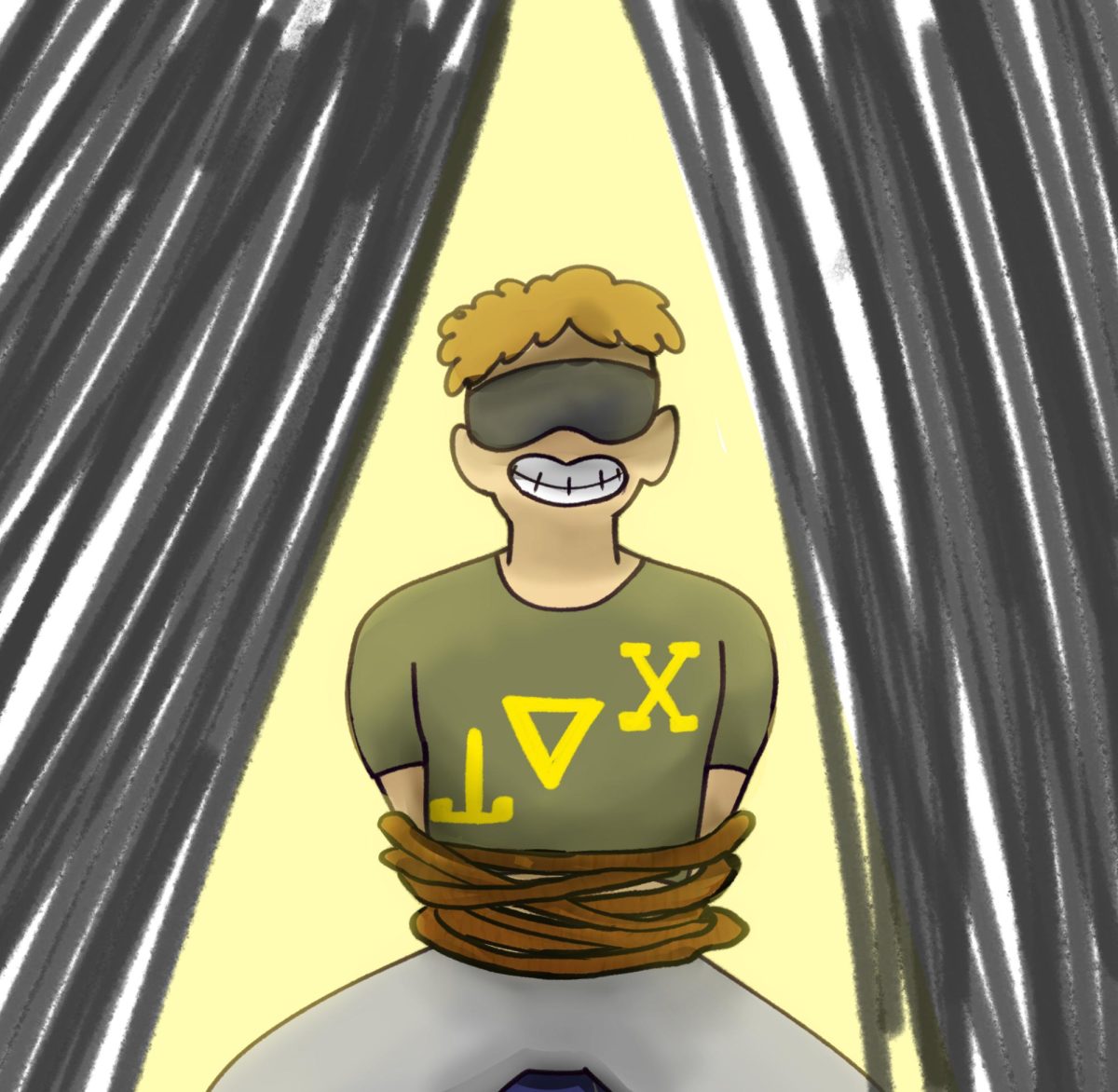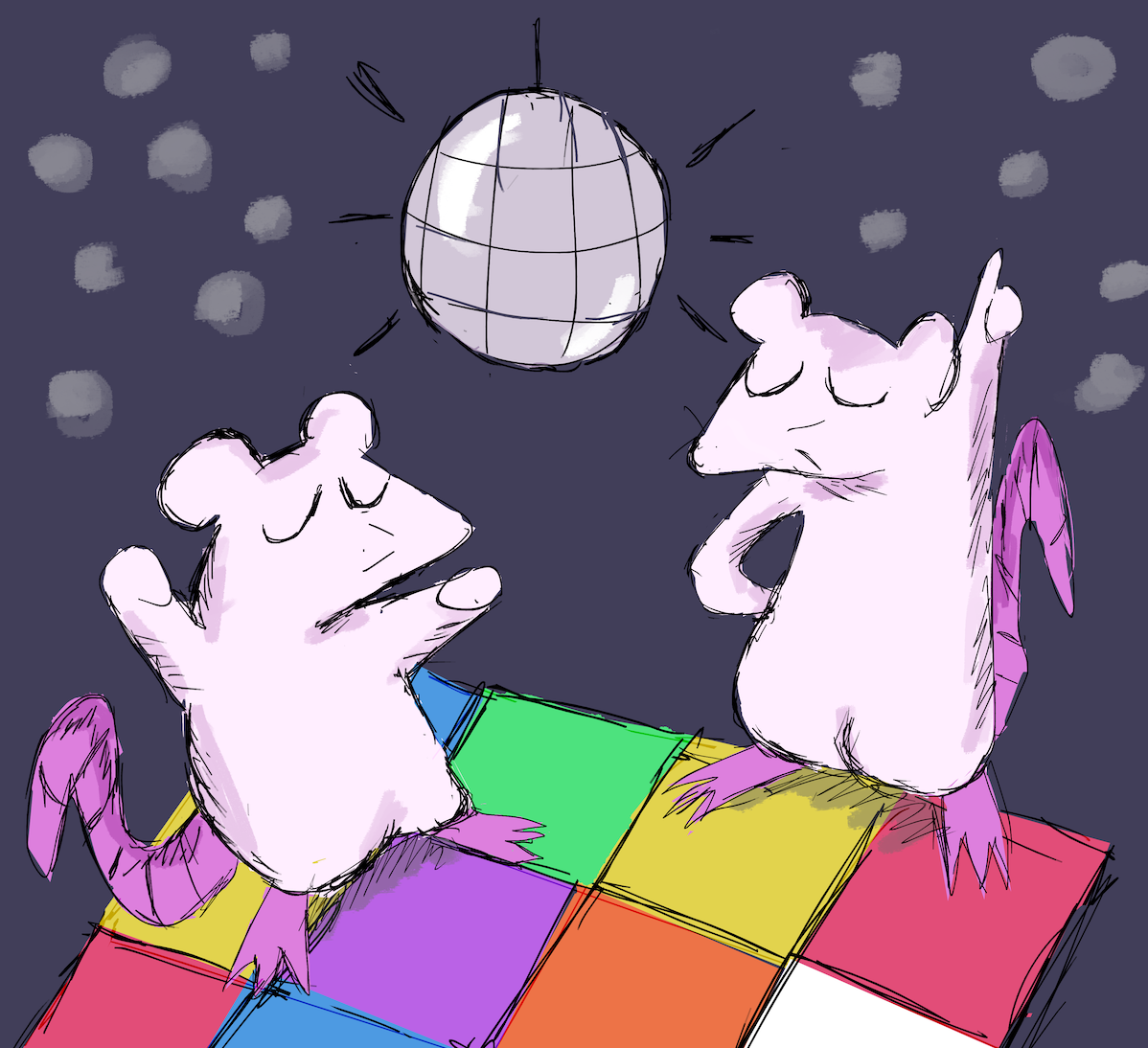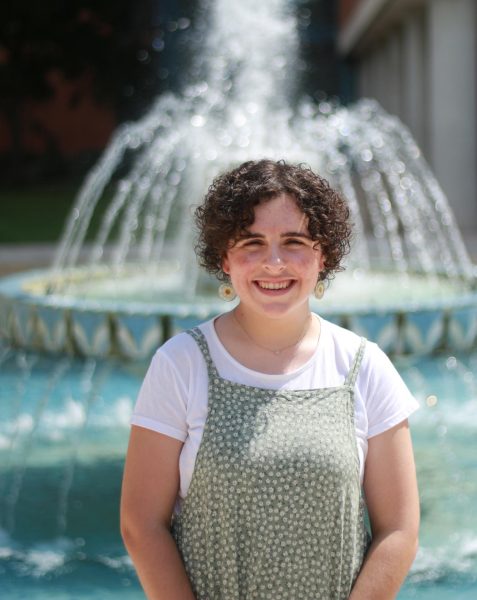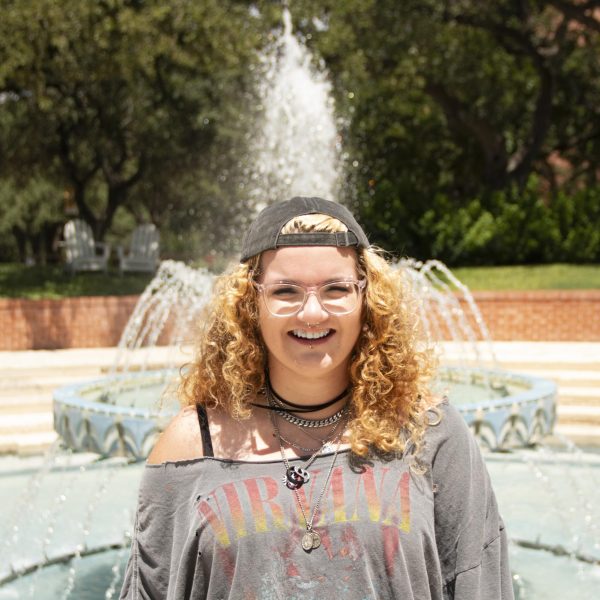At the 92nd Academy Awards three years ago, Greta Gerwig’s “Little Women” took home Best Costume Design, which caused a bit of a stir in the fashion historian community. This win seemed to be just another example of the Oscars’ bias toward period pieces for the costume design award, ignoring some historical inaccuracies, like the failure to distinguish the two timelines with the correct changes in styles over time.
This is not to say that the costumes in “Little Women” were even that bad, but the controversy over the Oscar win highlights the decisions that have to go into making historical costuming truly great. Costumes help create the visual tone for a movie or show, let the audience suspend their disbelief and illustrate important character traits. When costume designers set out to make the garments for a period piece, they have to carefully consider the level of historical accuracy they want to strive for with regard to the story’s tone.
For a movie like “Little Women,” a drama without many elements of ahistoricism (intentional departure from historical accuracy), maintaining historical accuracy is more important than something like the CW’s “Reign,” a teen drama based on the life of Mary, Queen of Scots, that often featured outfits that could only be described as prom dress-like. In the middle of these two extremes, we have movies and TV shows with tones that allow the costume designers to play with our expectations of period costumes and ahistorical elements to great effect.
Three movies and TV shows from the last four years show how historical costuming can enhance a story when knowledge of fashion history is met with good decision-making on when to break the mold.
“Jojo Rabbit” (2019) — 1940s Germany
If the Academy were to have asked me what movie should’ve won Best Costume Design in 2020, I would’ve said “Jojo Rabbit.” The film follows Jojo Bexler, a 10-year-old German boy living in World War II-era Germany whose imaginary friend is none other than Adolf Hitler. This film takes a satirical tone as it deconstructs the ways in which hate is taught to children.
Costume designer Mayes C. Rubeo worked to create a wartime aesthetic as seen through the eyes of a child, which meant the use of a lot of bright colors, a departure from what you would typically think of for a World War II movie. The stylistic evolutions of the characters also contribute to the themes of the movie.
Early on, Jojo wears the film’s adaptation of the Hitler Youth uniforms and presents himself as the little policeman of his house, but as the film goes on, we see him wear more and more of his own outfits as he finds his own identity. The imaginary Hitler wears a slightly over-the-top uniform, meant to be Jojo’s interpretation of Hitler rather than what he literally looks like, and as Jojo’s opinion of him sours, the imaginary Hitler becomes more and more disheveled.
“The Great” (2020-present) — 1760s Russia
Another satirical entry in this list, “The Great” tells a story very loosely based on how Catherine the Great, Empress of All Russia, became, well, “The Great.” The show does not try to hide its ahistorical nature, allowing it to take the outline of Catherine’s story to create a completely new comedic take. Because of its bold defiance of historical accuracy, the show is able to play around with the costuming.
To give the outlandish show some historical grounding, the costumes stay true to the 18th century silhouettes, but bold colors and patterns you would not have been likely to see in the era make the visuals match the tone and highlight important moments in Catherine’s development. Her hot pink dress from the end of season one stands out against anything she had worn before to represent a newfound boldness. In season three, as her relationship with her husband is in as close to a good place as it’s been, she sports more whimsical, floral patterns to show that she’s in love.
“EMMA.” (2020) — 1810s England
The 2020 adaptation of Jane Austen’s “Emma” differs from the other period pieces on this list in that the film’s historical costuming is not interesting for its strategic departure from historical accuracy but for its embracing of some of the shied-away-from aspects of Regency style. Despite the popularity of Austen adaptations and other Regency-era films, you don’t often see actors donning bonnets, frilly collars and tight ringlet curls in elaborate updos, but costume designer Alexandra Byrne and director Autumn de Wilde used those elements to enhance the comical and lighthearted tone of the film.
Since the character of Emma is thoroughly indulged by her rich father and considers herself something of a prominent figure, Byrne was intentional in making sure Emma never rewore any outfits and had the right outfits for the right season and time of day. Emma’s bold personality is mimicked in the elaborate nature of her outfits, and the bold colors draw the audience’s attention to her.
“Jojo Rabbit,” “The Great” and “EMMA.” show the different approaches costume designers can take toward taking historical costuming to the next level in a way that reflects the unique voice of the film, whether that means exaggerating historical costumes, adding ahistorical elements to otherwise historically accurate garments or leaning into the more ridiculous styles of the time.

